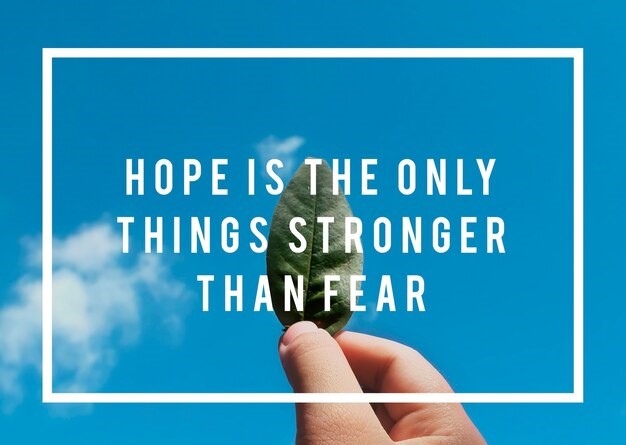Smiles often hold mysteries within them. They can be a simple expression of joy, but they also serve as veils to conceal struggles. Behind every smile lies a story of hidden emotions, resilience, and hope.
For many, smiles become shields, offering strength amidst adversity. Jacqueline E. McFee beautifully captures this sentiment in her memoir “Tears Behind My Smile.” Let’s learn how she discovers hope even in the darkest times of her life while smiling brightly.
1. What Smile Expresses?
Smiles are layered expressions. At face value, they exude happiness, but they can also mask pain, fear, or uncertainty. In the book, “Tears Behind My Smile,” the writer’s smile is not just an indicator of joy but a facade hiding deep wounds. From childhood hardships to complex family dynamics, her smile became her armor in a world that often felt hostile.
The shadow play of a smile is evident in moments where outward happiness masks internal battles. While she was enduring bullying, family conflicts, and the loneliness of displacement, her ability to smile demonstrated remarkable strength and adaptability. Yet, beneath that strength lay a fragile heart yearning for acknowledgment and understanding.
2. Relationships Affect the Emotion
In the book, family ties played dual roles—they were sources of pain and pillars of strength. Jacqueline’s relationship with her mother is one of the most profound examples of resilience. Despite the struggles her mother endured, she gives confidence to her daughter, teaching her to face life’s challenges with grace.
However, not all relationships in her life bring hope. Toxic dynamics with siblings and other relatives often exacerbated her struggles, forcing her to rely on her inner strength. The shadow play of a smile became even more pronounced in these moments as she used her outward cheerfulness to cope with internal turmoil.
3. Rediscovering Hope
Amidst the brokenness, hope shone through like rays of light piercing the shadows. In the book, she finds hope in moments of self-reflection and resilience. She began to see her hardships not as barriers but as stepping stones to a stronger, more fulfilled self.
By accepting her vulnerabilities, she turned her pain into a narrative of growth and empowerment. These turning points remind us that hope is not about the absence of struggle but the courage to face it head-on.
4. Realizing Self-Worth and Letting Go of Toxicity
Discovering hope gives her the courage to confront the toxicity in her life. Years of bearing abusive relationships and manipulative family dynamics had left her questioning her value, but hope became her anchor. With renewed self-worth, she began setting boundaries, walking away from relationships that drained her, and surrounding herself with people who uplifted her.
Letting go of toxicity wasn’t easy, but it was necessary for her emotional well-being. This newfound strength allowed her to reclaim control of her life, making healthier connections and creating a life that prioritized her peace and happiness over the chaos she once endured.
5. Making Pain a Purpose
The protagonist transformed her pain into a source of purpose, becoming a voice for others who felt voiceless. Her hardships, once a source of shame and sorrow, became a wellspring of wisdom she shared through storytelling and empathetic acts. By accepting her journey, she empowered others to confront their struggles, offering hope to those in despair.
Her resilience became contagious, inspiring people in her community to persevere through their challenges. Through this newfound purpose, she not only healed herself but also found a way to bring meaning to her life, proving that even the darkest times can spark light.
6. Rebuilding Bonds with Trust and Forgiveness
While some relationships were beyond repair, hope motivated the protagonist to mend that worth saving. She began to approach her loved ones with trust and forgiveness, understanding that healing required effort from both sides. With time, she rebuilt meaningful connections, creating a foundation of mutual respect and understanding.
Though scars from the past remained, the protagonist’s willingness to forgive allowed her to release the resentment weighing on her heart. These renewed bonds brought joy back into her life, reinforcing her belief in the transformative power of love and reconciliation. Rebuilding these relationships proved that brokenness could indeed lead to beauty.
7. Creating a Legacy of Strength and Resilience
Armed with hope and resilience, the protagonist focused on shaping a legacy defined by strength and perseverance. She wanted her children and others to see her as a beacon of courage, proving that “adversity doesn’t have to define a person.”
She poured her energy into creating a better future, using her story to teach life’s most profound lessons. Her legacy wasn’t just one of survival but of thriving against all odds. By embracing her past, she built a roadmap for others, encouraging them to face challenges head-on and showing that even the most broken paths can lead to greatness.
Final Thoughts
The shadow play of a smile symbolizes the interplay of light and darkness in our emotional lives. For the protagonist of “Tears Behind My Smile,” this duality was a source of strength. Her story inspires us to look beyond the surface, understand the struggles behind a smile, and find hope amidst brokenness.
Each smile tells a story, and sometimes, the most beautiful ones emerge from the shadows. Get your copy of this book now and read what’s untold here!

Leave a Reply